Quick answer: Yes, you often need helpers to move furniture, especially for heavy, bulky, or awkward items. Professional or labor-only movers can prevent injury, protect your belongings, and speed up the moving process.
Overview
You don’t know how heavy your couch is until you try to move it alone—and suddenly, gravity becomes your worst enemy.
You ever stood in front of your bulky sofa, cracked your knuckles, and thought, "I got this"? Then five minutes later, you're sweating like you ran a marathon, and the couch hasn't moved an inch.
That’s when the real question hits: Do you need helpers to move furniture?
According to moving industry statistics, over 70% of people who attempt to move furniture by themselves end up either damaging their belongings or themselves.
If you’re thinking about furniture moving help, you’re already smarter than half the crowd.
Now, we are not saying you can’t go full Hercules and try moving furniture by yourself, but unless you’ve got the strength of a forklift, it will be rough. That’s why furniture movers exist.
Whether you need to disassemble furniture for moving or just want help moving heavy furniture, there’s a whole squad out there ready to help you.
Let’s discuss when to hire moving help for furniture and how to move furniture safely.
Can You Move Furniture by Yourself?
Short answer? Yeah, you can—but should you?
Moving furniture solo is like trying to win a wrestling match with your fridge. Technically possible, but you might end up with bruised walls and a couch that’s still laughing at you from the corner.
If you’re thinking about skipping professional help for furniture moving, you have to be smart about it.
If the furniture is lightweight, modular, or easy to disassemble for moving, then you can go full DIY mode. Use tools like furniture sliders, moving straps, or a dolly to make life easier.
But if you’re dealing with bulky, heavy stuff, then calling in helpers to move furniture is not just smart—it’s survival. You’ll save your back and your drywall.
When Do You Really Need Help Moving Furniture?
You know that moment when you're halfway through dragging a wardrobe and suddenly realize you're not just moving furniture... you're moving regret?
You really need help moving furniture when:
- It’s heavy enough to make your knees file a complaint. If lifting it feels like a gym session, it’s time to call in helpers to move furniture.
-
You’re dealing with stairs, tight hallways, or doorways that were clearly designed by someone who hates movers. Navigating bulky items through tricky spaces without damaging walls is a job for furniture movers.
- You need to disassemble furniture for moving. Movers know how to take things apart and put them back together without losing screws or patience.
-
You’ve got fragile or valuable items. Professional furniture moving services know how to wrap, pad, and protect.
-
You’re moving long-distance or have a tight schedule. Hiring labor only movers can save you time, stress, and a whole lot of sweat.
Types of Help Available for Furniture Moving
When it comes to furniture moving help, you’ve got options—whether you want the full VIP treatment or just a couple of strong arms and a dolly.
Full-Service Furniture Movers
They handle everything: disassemble furniture for moving, pack it, load it, transport it, and reassemble it. Perfect if you want zero stress and maximum convenience.
- Great for long-distance moves or fragile items
-
Usually includes insurance and professional-grade equipment
- Can be pricey, but worth it if you’re moving a mansion
Labor-Only Movers
If you’ve got the truck but need the muscle, labor only movers are your go-to. They’ll help with moving heavy furniture, loading, unloading, and even rearranging stuff in your new place.
- Budget-friendly and flexible
- Ideal for local moves or DIY truck rentals
- You book them by the hour, so plan smart!
Furniture Moving Services
These are companies that specialize in furniture moving services. They might offer both full-service and labor-only options, depending on your needs.
- Often more affordable than national chains
- Can be booked for same-day or emergency moves
- Great for short-distance or apartment moves
Friends & Family
Sometimes you rope in your buddies with pizza and promises. It’s free, but it comes with risks: scratched furniture, sore backs, and possibly a few passive-aggressive comments.
- Best for small moves or rearranging furniture
- Use DIY furniture moving tips to avoid chaos
- Don’t forget to say thank you (and actually buy the pizza)
Specialty Movers
Got a piano, pool table, or a 300-pound safe? You’ll want movers who specialize in how to move furniture safely. They:
- Trained in handling delicate or oversized items
- Use custom padding, crates, and lifting gear
-
Often required for insurance coverage on high-value pieces
Pros and Cons of Moving Furniture With or Without Help
Here’s a breakdown so you can easily compare the pros and cons of moving furniture with help versus without help.
Moving Furniture With Help
| Pros | Cons |
|---|---|
| Saves your back from turning into a pretzel | Can be more expensive than DIY |
| Professionals know how to move furniture safely | You might have to work around their schedule |
| Less risk of damaging furniture or your home | Not all movers treat your stuff like royalty — choose wisely |
| Efficient and fast — they’ve done this a hundred times | You might feel less in control of the process |
| Can disassemble furniture for moving like pros | Tipping and extra fees can sneak up on you |
Moving Furniture Without Help
| Pros | Cons |
|---|---|
| Budget-friendly — no need to book furniture movers | High risk of injury or damage (your couch doesn’t bounce) |
| Full control over timing and process | Takes way longer than you think — trust me |
| Can be satisfying if you love a good DIY challenge | You’ll need tools, muscle, and serious patience |
| Great excuse to call in favors from friends | Friends aren’t pros — scratched floors and bruised egos incoming |
| You learn a lot about your furniture (and your limits) | Insurance won’t cover DIY disasters |
Tools and Equipment That Can Help You Move Alone
If you're going full lone-wolf mode and skipping the helpers to move furniture, you'd better gear up. Here's your survival kit.
| Tool/Equipment | Why You Need This |
|---|---|
| Furniture Sliders | Slide heavy furniture across floors like butter — no scratches. |
| Hand Truck/Dolly | Your best option for hauling boxes and bulky items without breaking your back. |
| Moving Straps | Distribute weight evenly so you can lift properly. |
| Tool Kit | Includes screwdrivers, Allen wrenches, hammer — perfect for disassemble furniture for moving. |
| Box Cutter & Scissors | For slicing through tape, boxes, and frustration. |
| Tape Measure | Measure doorways and furniture to avoid the dreaded “it doesn’t fit” moment. |
| Protective Gloves | Grip better, avoid blisters, and feel like a superhero while lifting stuff. |
| Blankets & Furniture Pads | Wrap your furniture to avoid dings and scratches. |
| Moving Straps with Handles | Great for lifting awkward items solo. |
| Vacuum Seal Bags | Shrink clothes and linens to save space and sanity. |
| Label Maker or Permanent Marker | Keep your boxes organized so you don’t end up opening the “kitchen” box in the bathroom. |
| Step Ladder | Reach high shelves or stack boxes like a pro without climbing. |
| Laser Level | For hanging stuff straight after the move, because crooked shelves are a crime. |
Safety Tips for Moving Furniture Without Help
Here are some safety tips to keep your bones, furniture, and dignity intact:
Plan Your Route
Before you lift anything, walk the path you’ll take. Clear out shoes, rugs, toys—anything that could trip you up. If your hallway looks like an obstacle course, you’re setting yourself up for a blooper reel.
Lift With Your Legs
Bend your knees, keep your back straight, and lift with your legs. No twisting like a pretzel mid-lift, rotate with your feet, not your spine.
Gear Up Properly
Use furniture sliders, moving straps, and a dolly. Gloves help with grip, and sturdy shoes keep your toes from becoming collateral damage.
Disassemble What You Can
If it comes apart, take it apart. Disassemble furniture to make it lighter and easier to handle. Keep screws and bolts in labeled bags so you don’t end up with a mystery pile later.
Protect Your Stuff
Wrap furniture in blankets or pads to avoid scratches and dents. Use cardboard on corners and tape everything securely.
Be Extra Cautious on Stairs
Stairs are where heroes fall. If you must go solo, take it slow. Use a dolly with straps and keep the heavier side downhill. If it feels sketchy, don’t risk it. Better to drag than tumble.
How Much Does It Cost to Hire Furniture Moving Helpers?
Hiring helpers to move furniture can cost anywhere from $79 to $168 for a single item or short-distance move.
But if you’re moving a whole house or heavy-duty stuff, prices can climb to $700–$6,000.
Here’s a quick peek at what affects the price:
- Hourly Rates: Most movers charge $70–$125 per hour, with an average of $90/hour.
- Labor Only Movers: If you just need muscle (no truck), expect $20–$60/hour per mover.
-
Full-Service Movers: These folks do it all—packing, loading, driving, unloading. That’ll run you $600 to $15,000, depending on distance and home size.
-
Specialty Items: Got a piano, pool table, or antique armoire? Add $300–$1,500 to your bill.
- Packing Services: Need help boxing up your life? That’s around $70/hour.
- Insurance: Basic coverage is free, but full-value protection can cost 1–3% of your item’s value.
- Tipping: Movers appreciate a little love—$20–$50 per mover or 10–15% of the total bill is standard.
| Move Type | Estimated Cost Range | What’s Included |
|---|---|---|
| Single Item Move | $79 – $168 | One piece, short distance, basic labor |
| Local Move (1–2 rooms) | $600 – $2,000 | Labor, truck, basic packing |
| Long-Distance Move | $1,500 – $8,300 | Full-service, cross-state insurance |
| Cross-Country Move | $3,000 – $12,000 | Full-service, coast-to-coast |
| International Move | $2,500 – $15,000 | Packing, shipping, customs, insurance |
| Specialty Item (e.g., piano) | $300 – $1,500 | Special handling, padding, and equipment |
| Packing Services | $70/hour | Boxes, wrapping, labeling |
| Labor-Only Movers | $20 – $60/hour per mover | No truck, just muscle |
| Insurance (Full Value) | 1–3% of item value | Replacement or repair coverage |
| Storage Services | $50 – $300/month | Temporary storage for furniture |
Tips to Save Your Money
- Avoid peak season (May–September) unless you love paying extra for the same service.
- Bundle services—some companies offer discounts if you book packing + moving together.
- Declutter before the move. Less stuff = less cost. That broken chair you’ve been hoarding? Say goodbye.
- Compare quotes from at least 3 movers. Don’t just go with the one who has the fanciest logo.
- Ask about hidden fees—stairs, long carry, fuel surcharges, and “we forgot to tell you” fees.
How to Find Reliable Furniture Movers
Everyone claims they’re “professional,” “affordable,” and “careful with your stuff,” but who’s actually gonna show up on time and not ghost you halfway through the move?
Here’s how to find the reliable furniture moving services without getting played:
Ask Around
Start with your inner circle—friends, family, coworkers, even your nosy neighbor who watches everyone's moves. Personal recommendations are gold. If someone had a smooth experience with helpers to move furniture, that’s a green flag.
Check Their Online Reputation
Check reviews on Google, Yelp, BBB, and My Good Movers. Look for movers with consistent 4+ star ratings and detailed feedback—not just “they were great,” but “they wrapped my grandma’s china like professionals.
-
Avoid companies with vague names like “Movers Inc.” and no website.
-
Look for a legit online presence with contact info, services listed, and their USDOT number (if they do interstate moves).
Call and Ask the Questions
Don’t be shy—grill them like it’s a job interview. Ask:
- Are you licensed and insured?
- Do you specialize in furniture moving help or just general moving?
- Can you provide a written estimate after a home survey?
- What’s your policy on damages?
- Do you offer labor only movers near me or full-service?
Get Multiple Quotes
Compare at least 3 movers. Look for transparency in pricing—no shady “extra fees” for stairs, fuel, or breathing air. A good mover will break down costs clearly, whether you’re booking furniture movers for a studio or a six-bedroom palace.
Watch for Red Flags
- Huge upfront deposits (more than 15%)
- Unmarked trucks.
- No physical address or office
- Only do phone estimates
Check Their Gear and Crew
Reliable movers show up with proper equipment—moving straps, furniture pads, dollies—and a crew. If they treat your stuff like their own, you’ve hit the jackpot.
Look for Specialty Experience
If you’ve got delicate, heavy, or oddly shaped furniture, ask if they’ve handled similar items before. Movers who know how to safely move and disassemble furniture are valuable and can help prevent damage during your move.



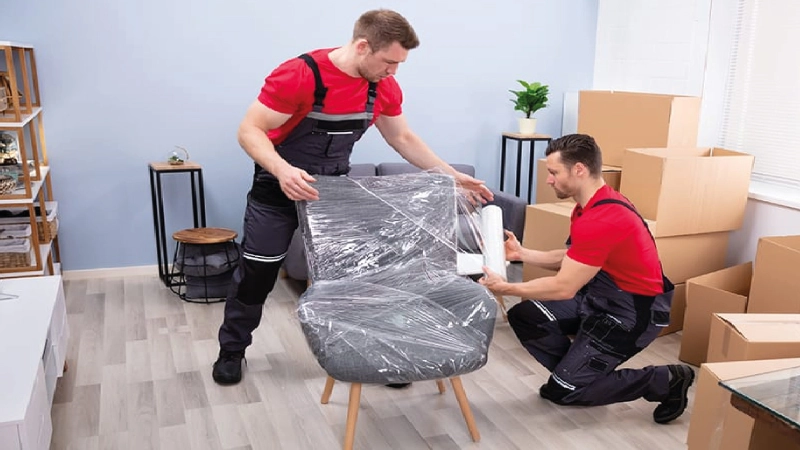











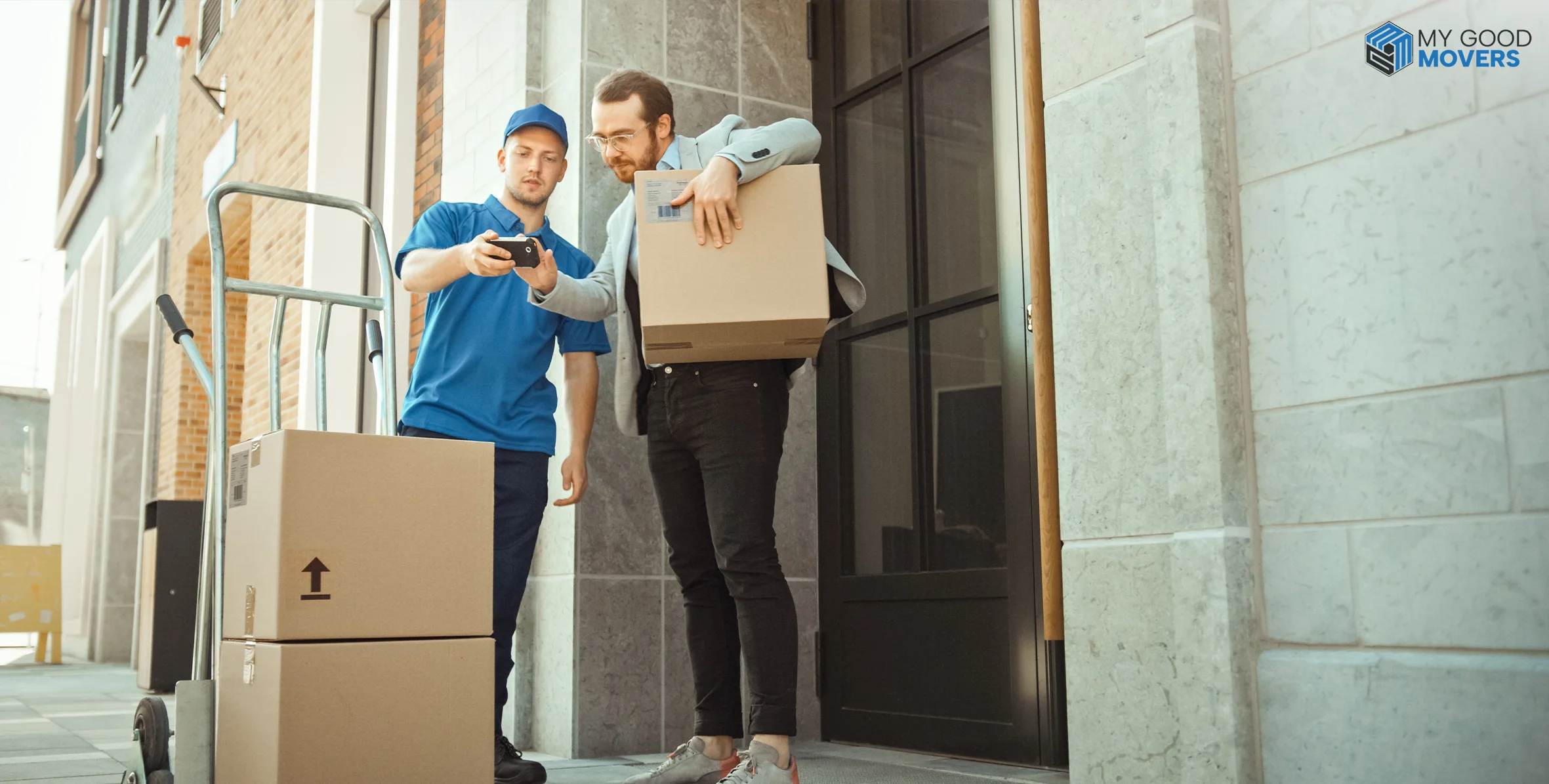


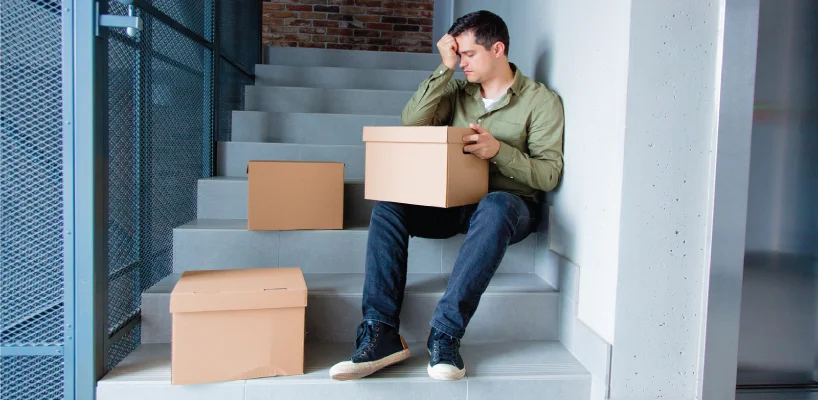
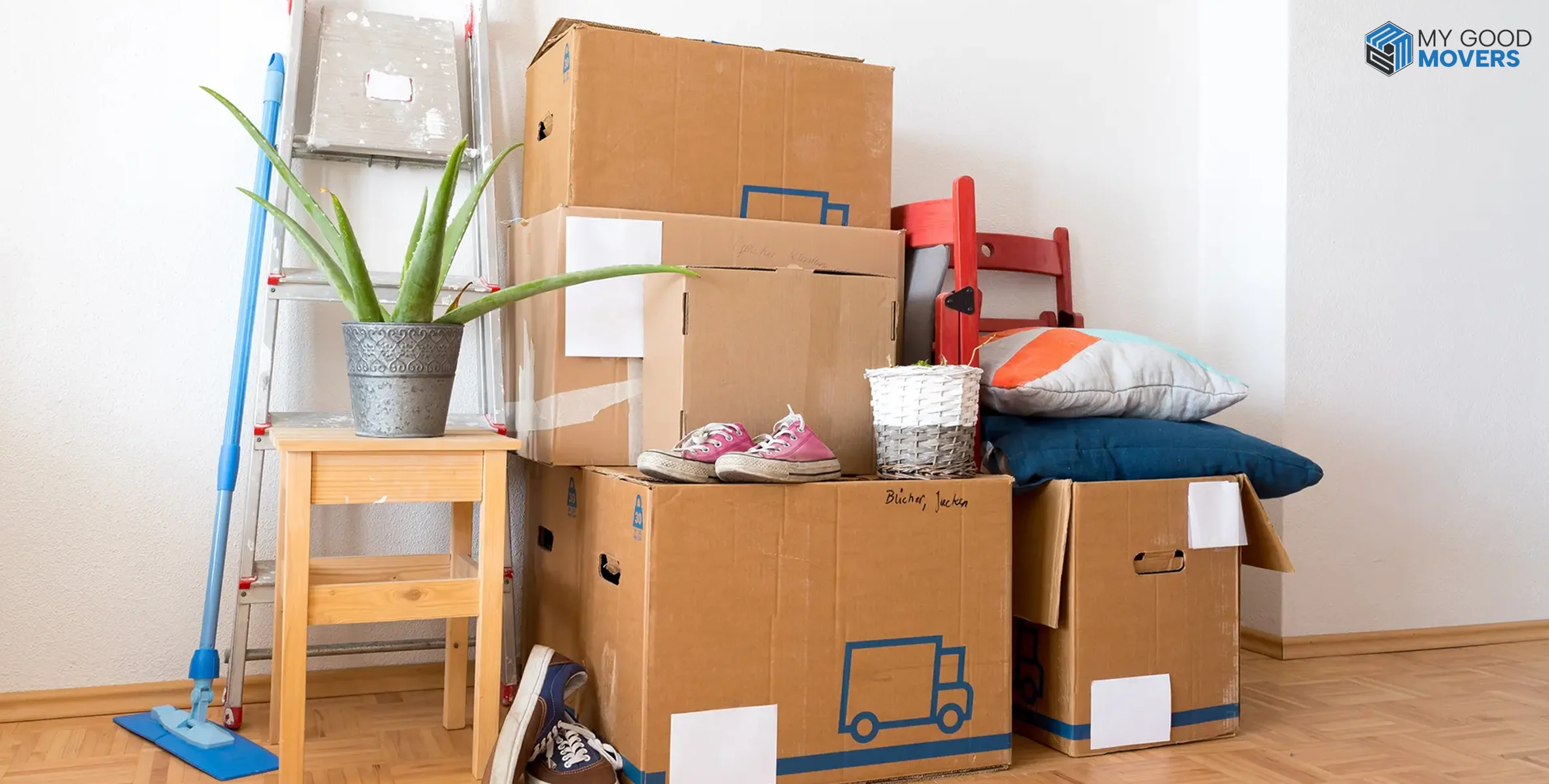












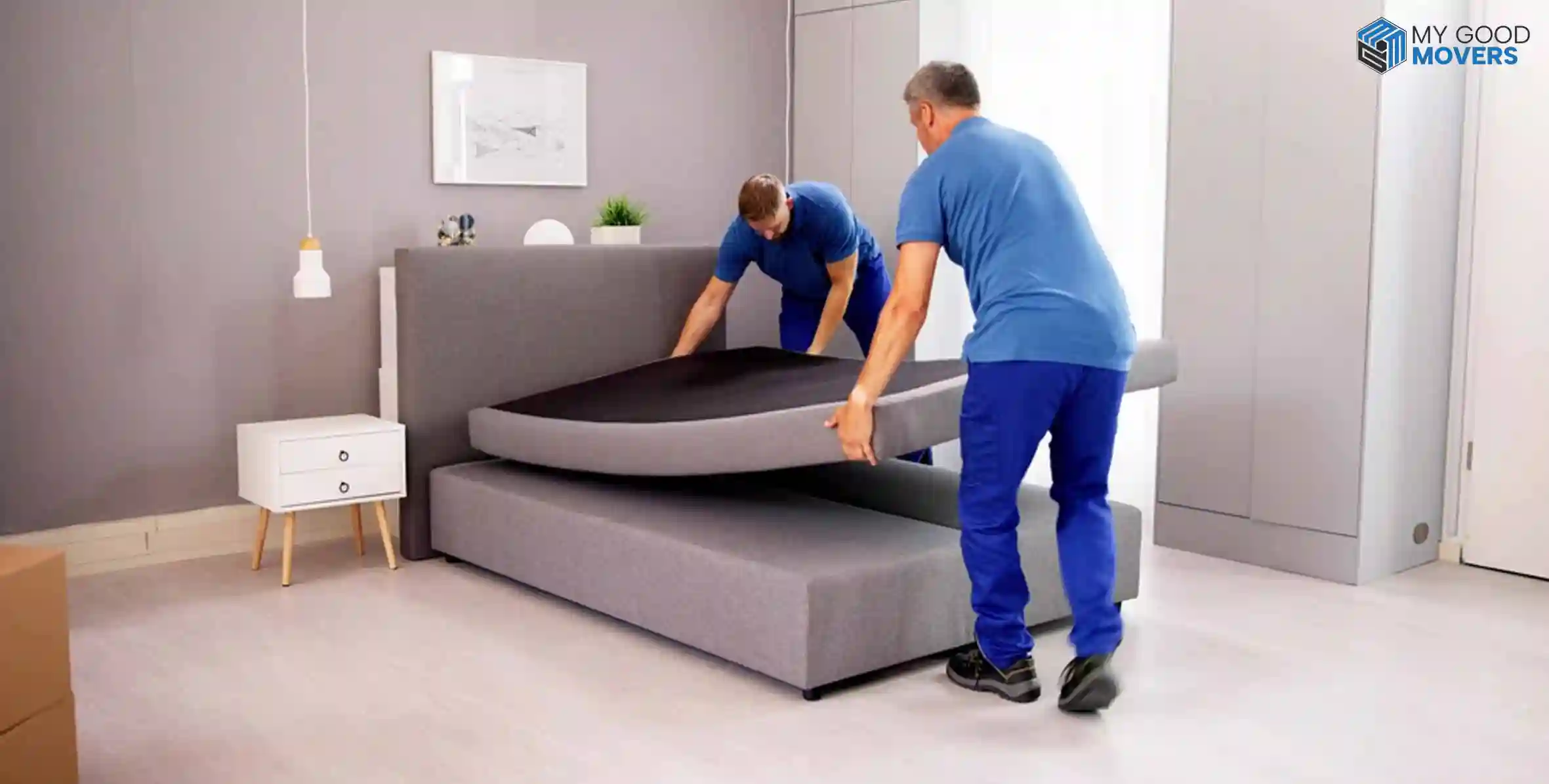

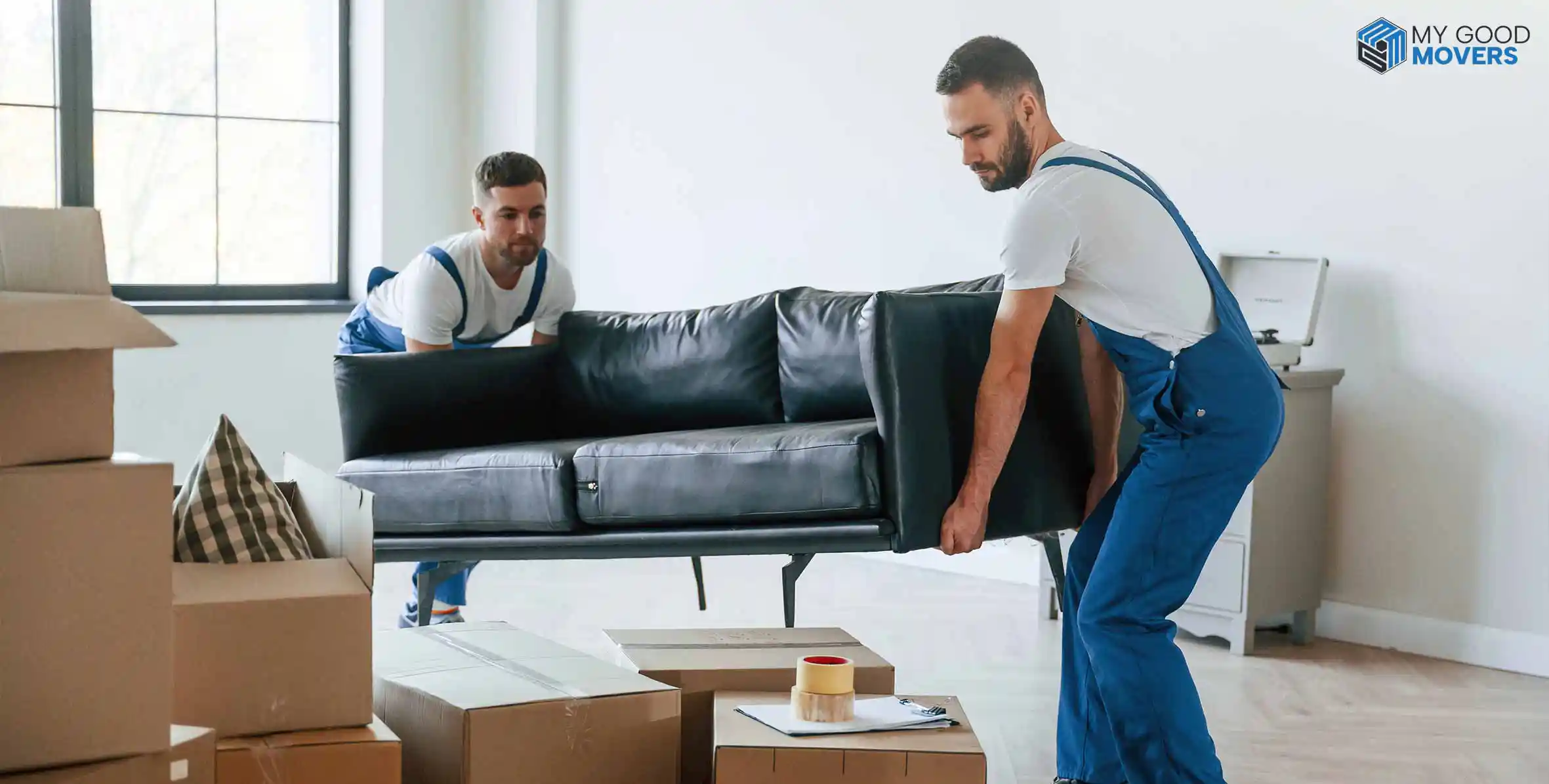
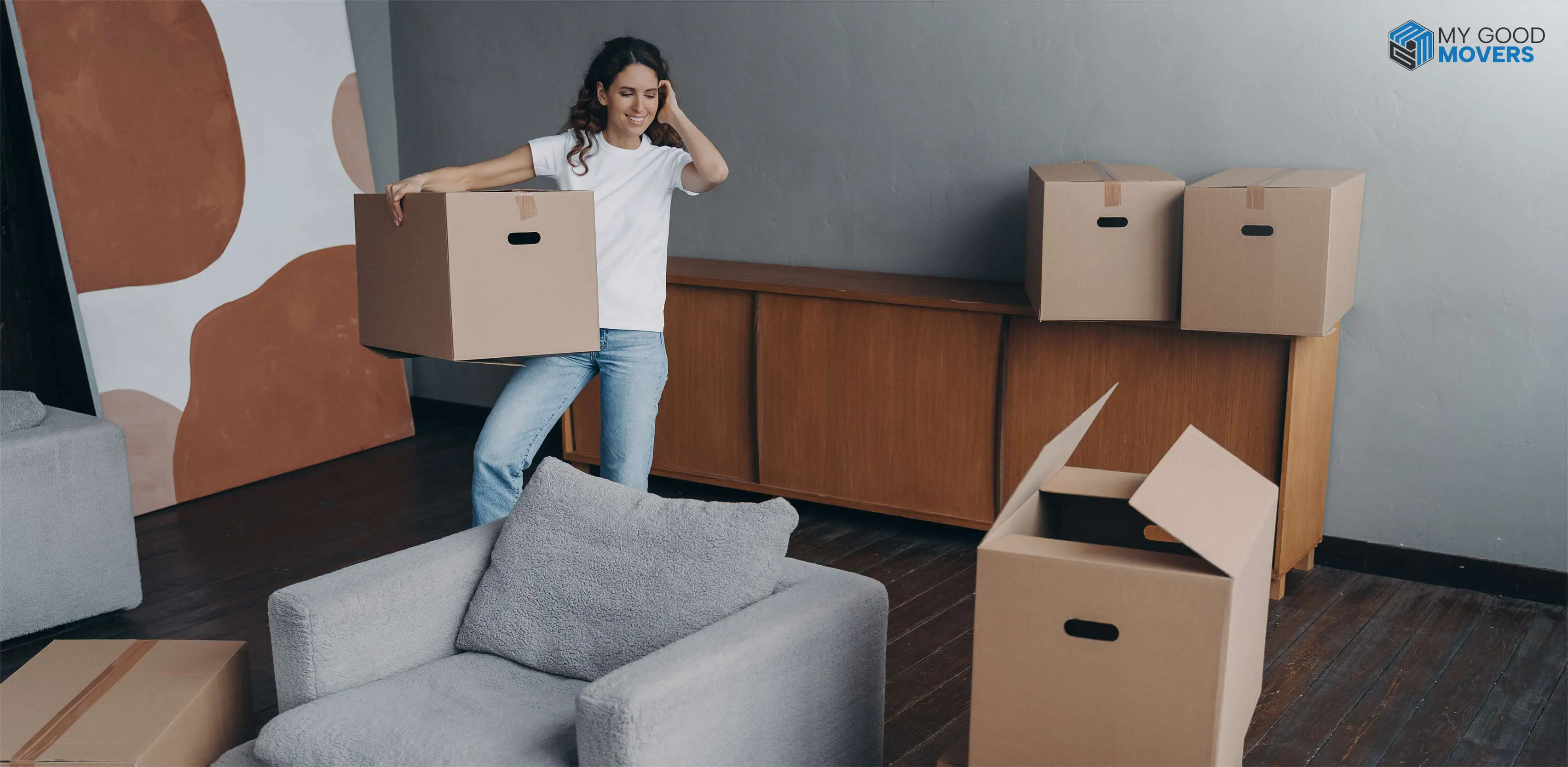
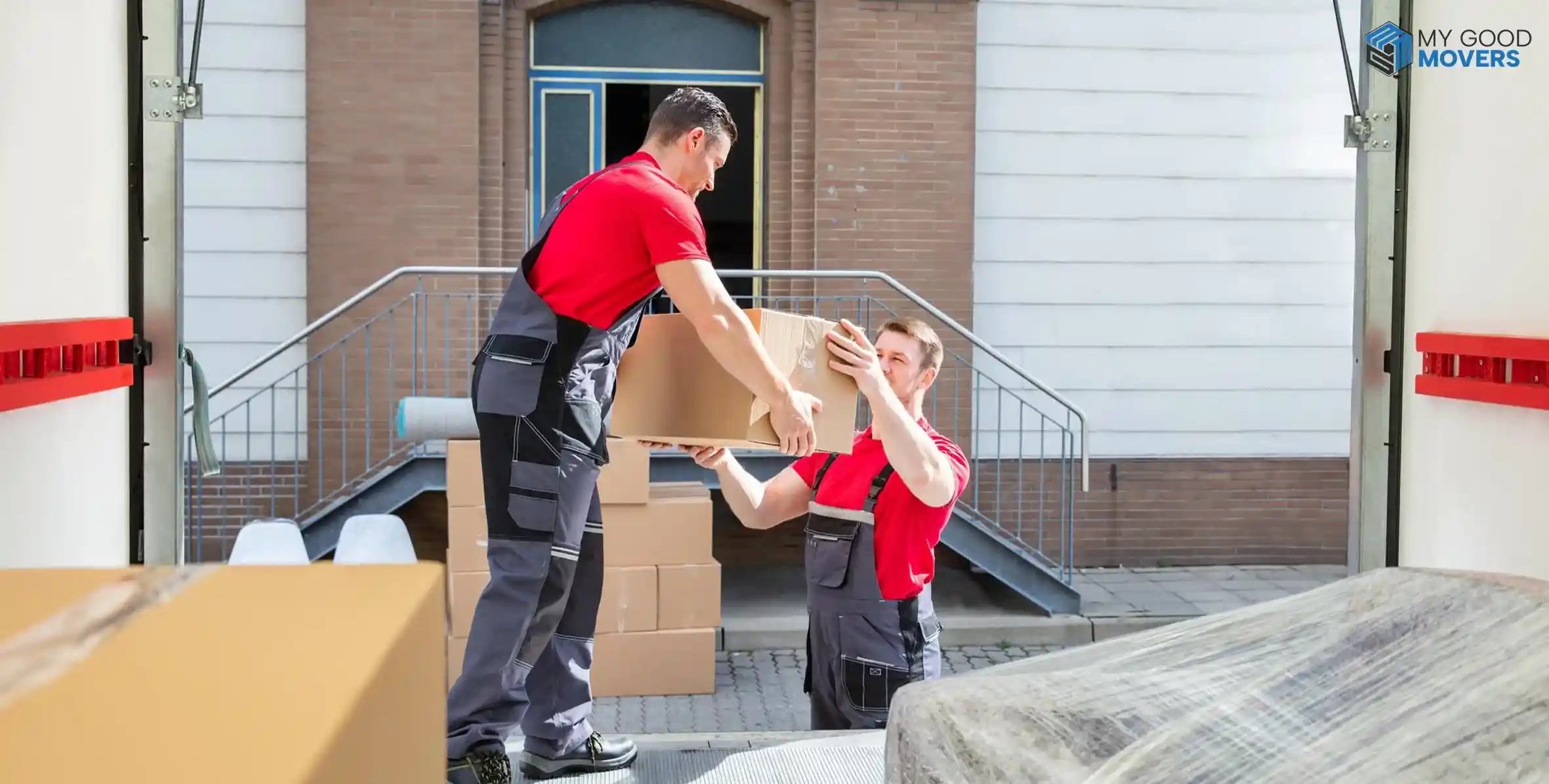


















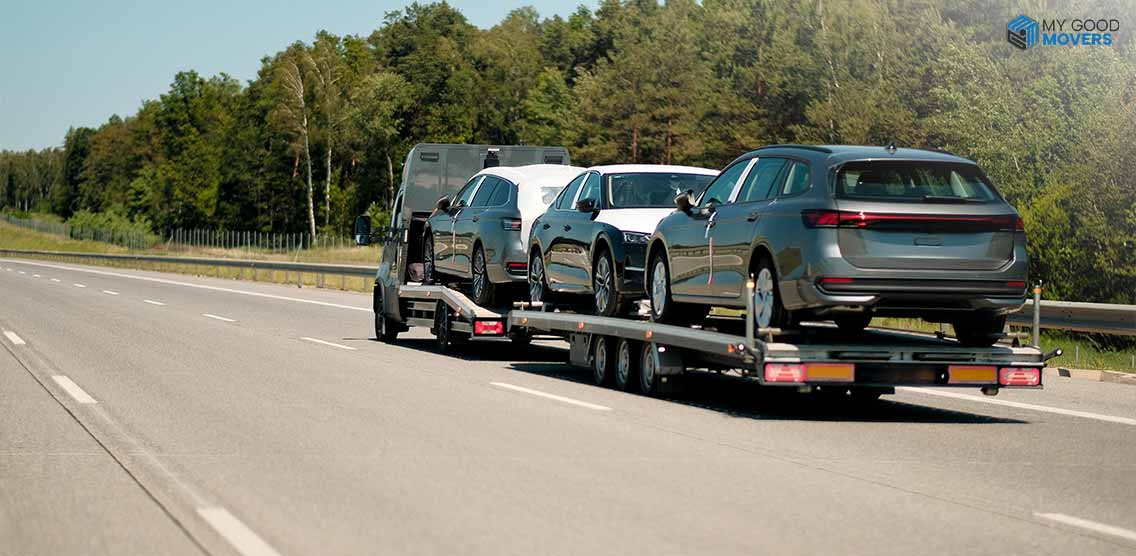
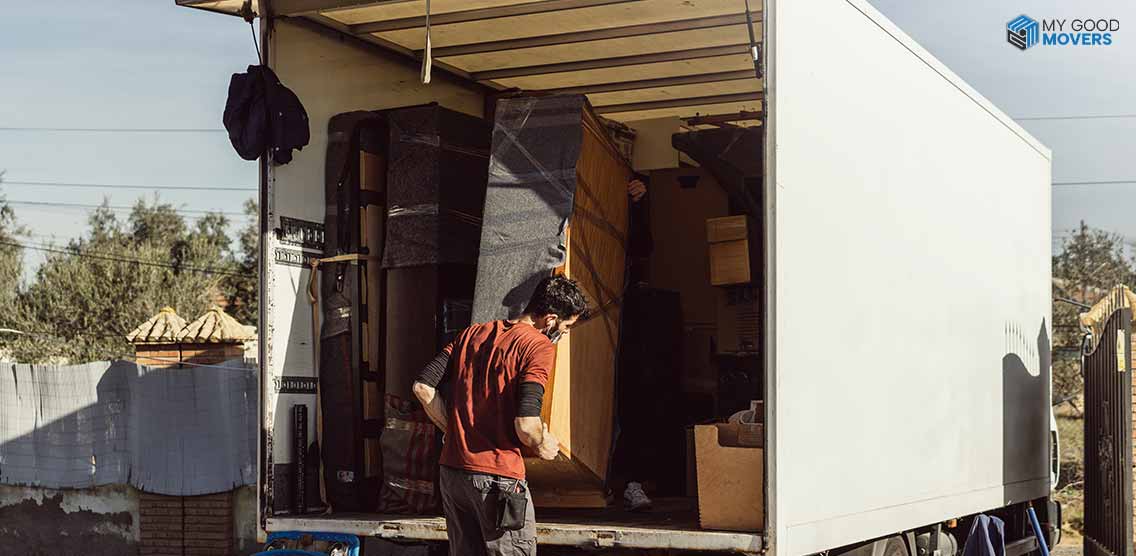
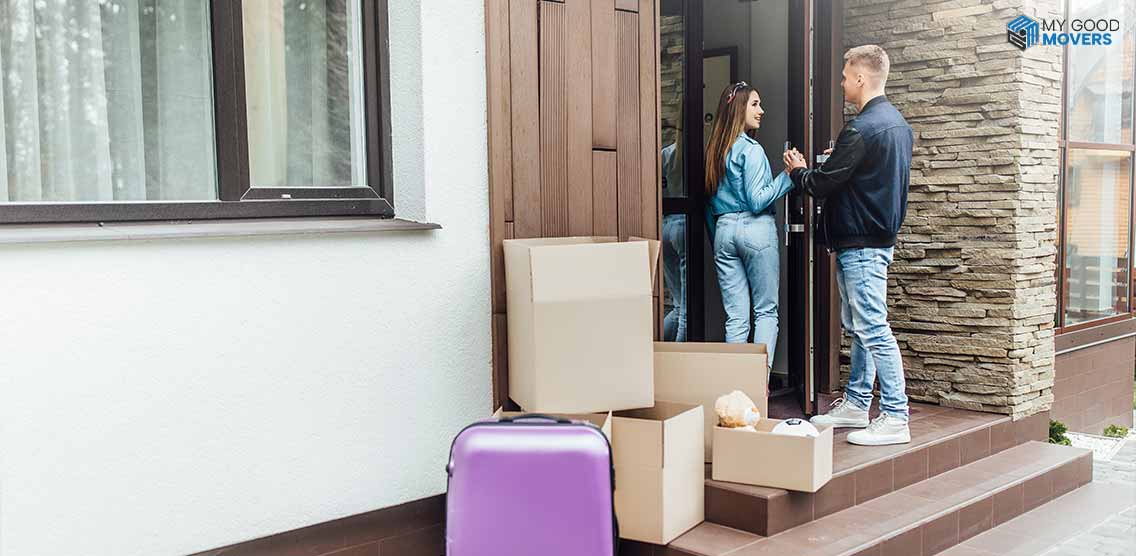


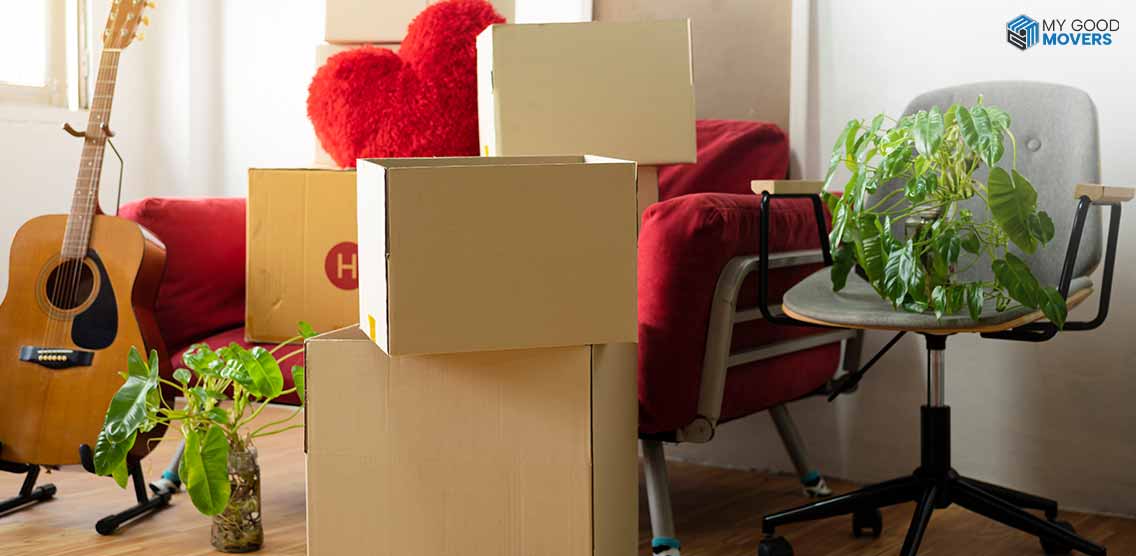




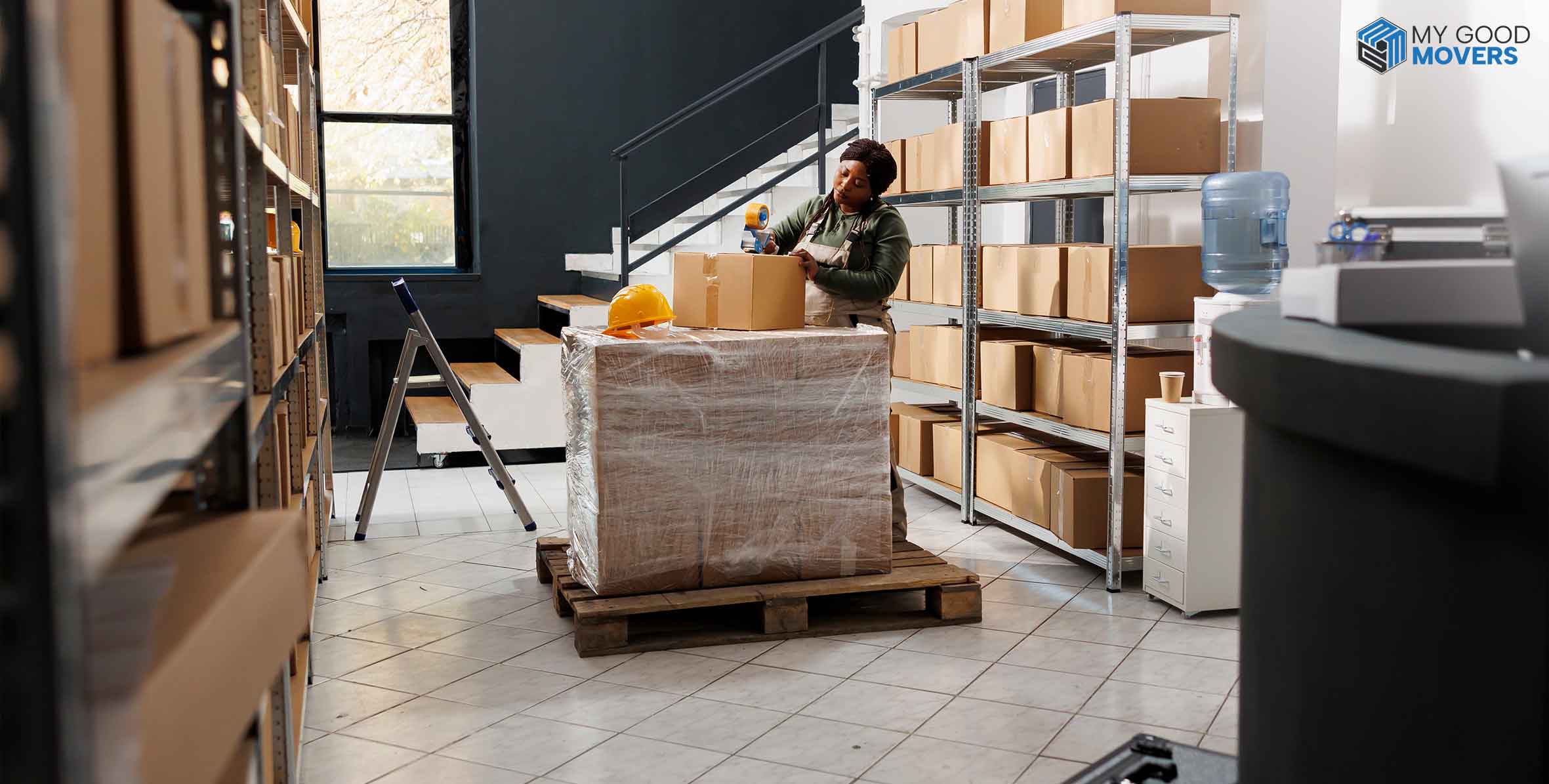



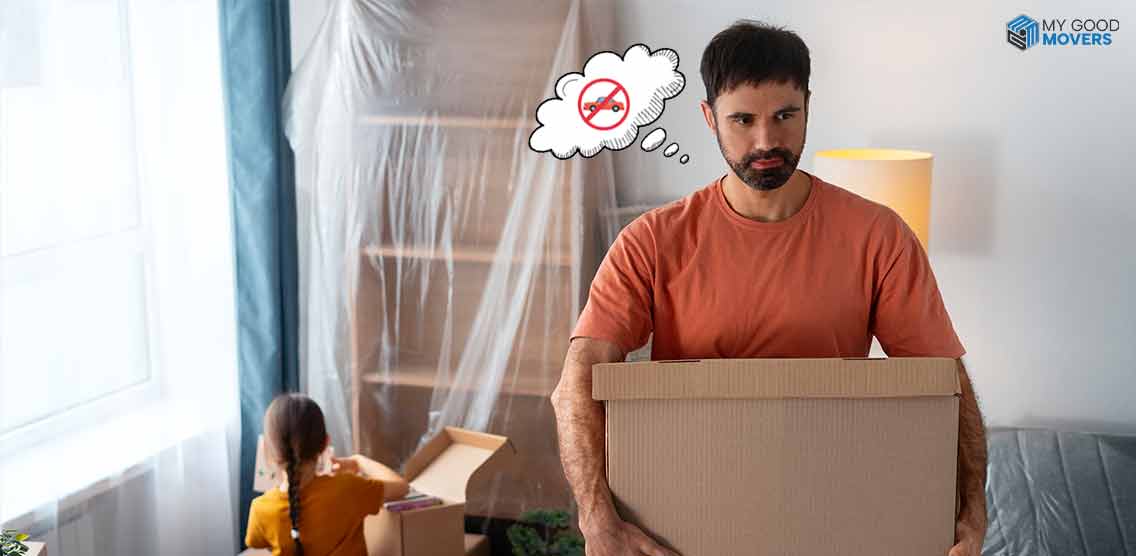













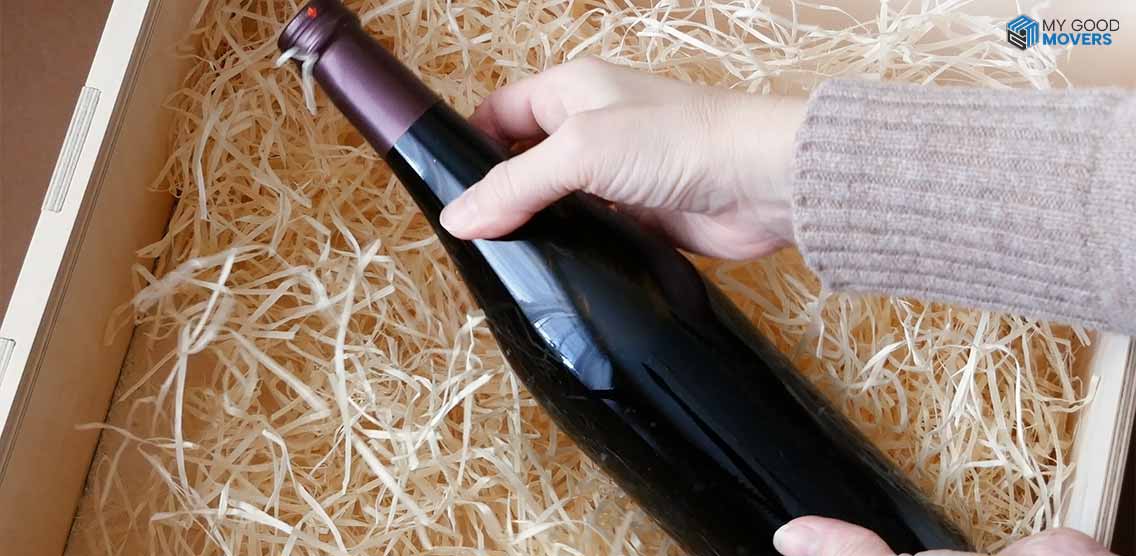

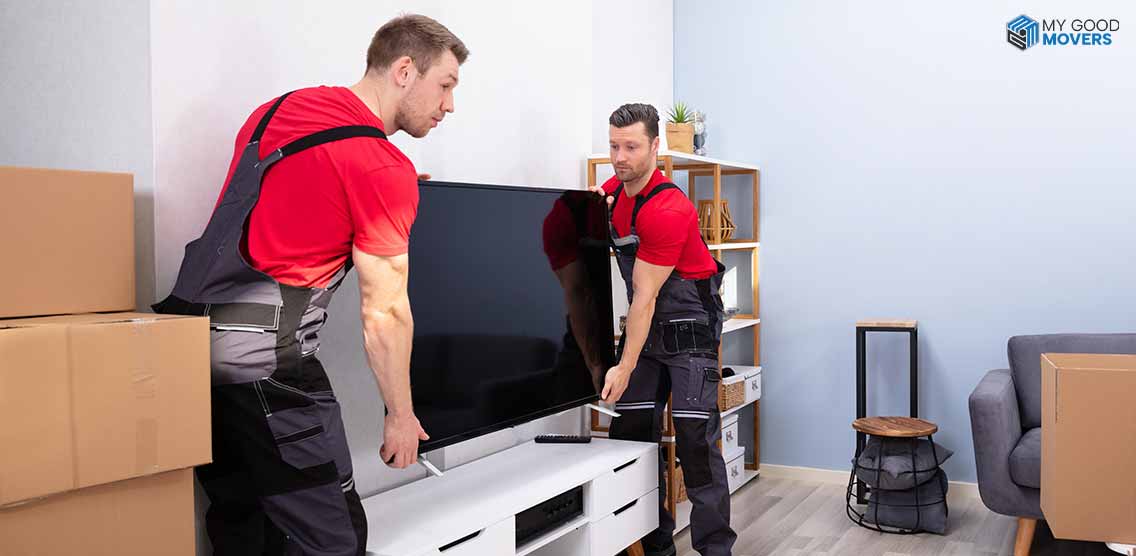











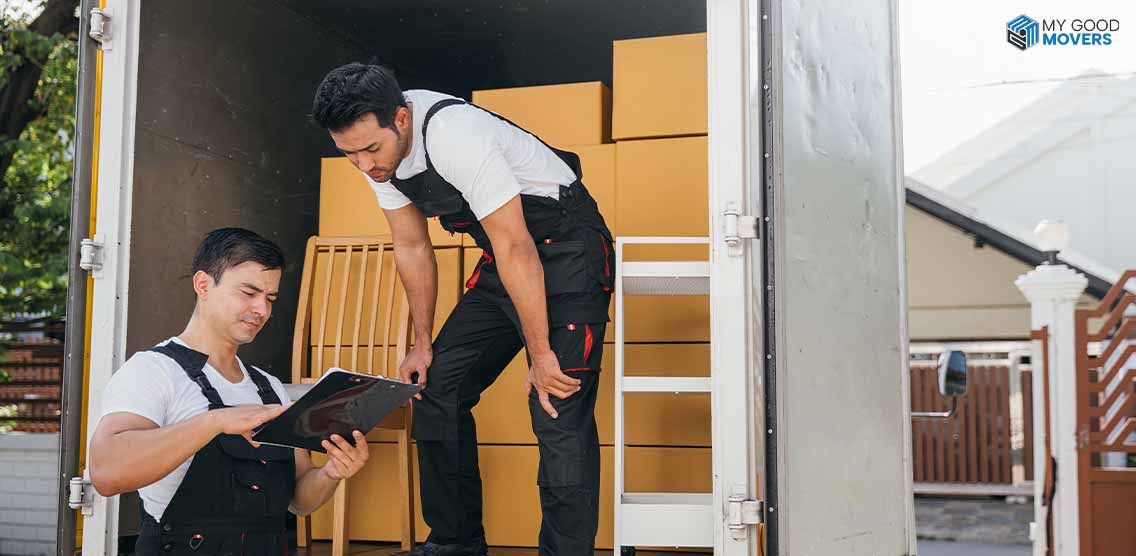

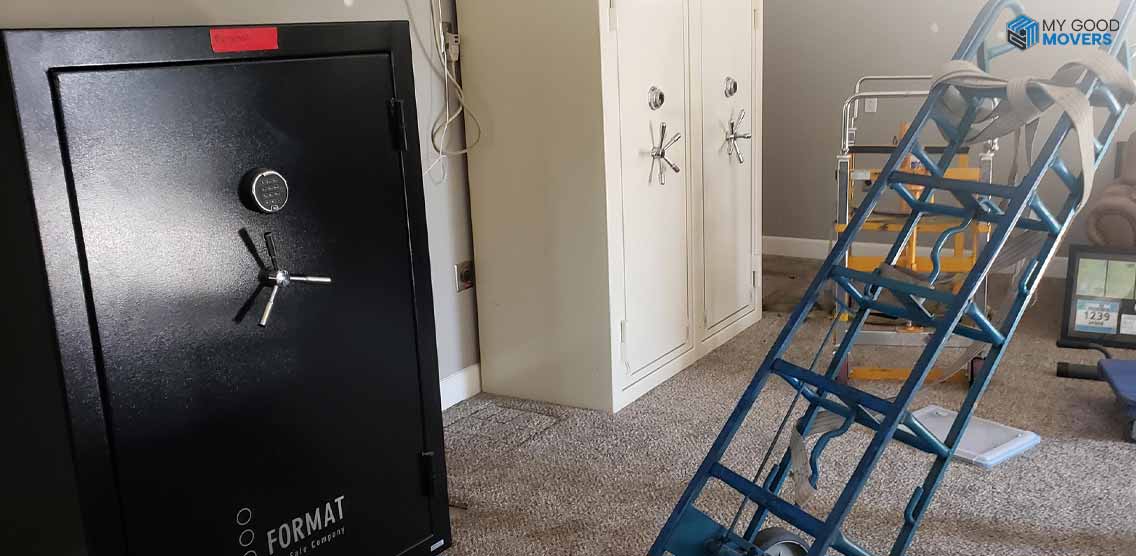





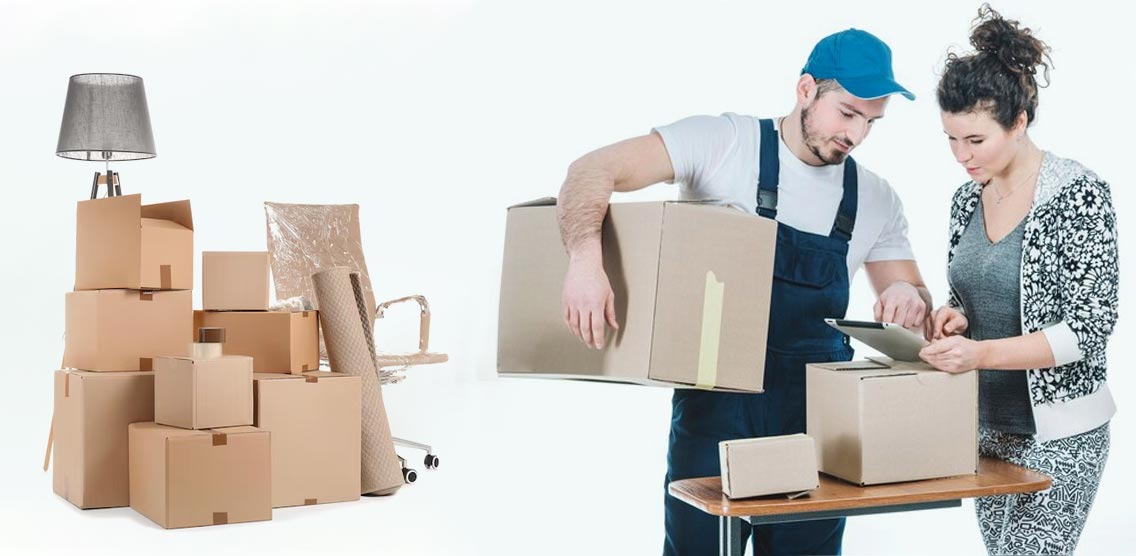



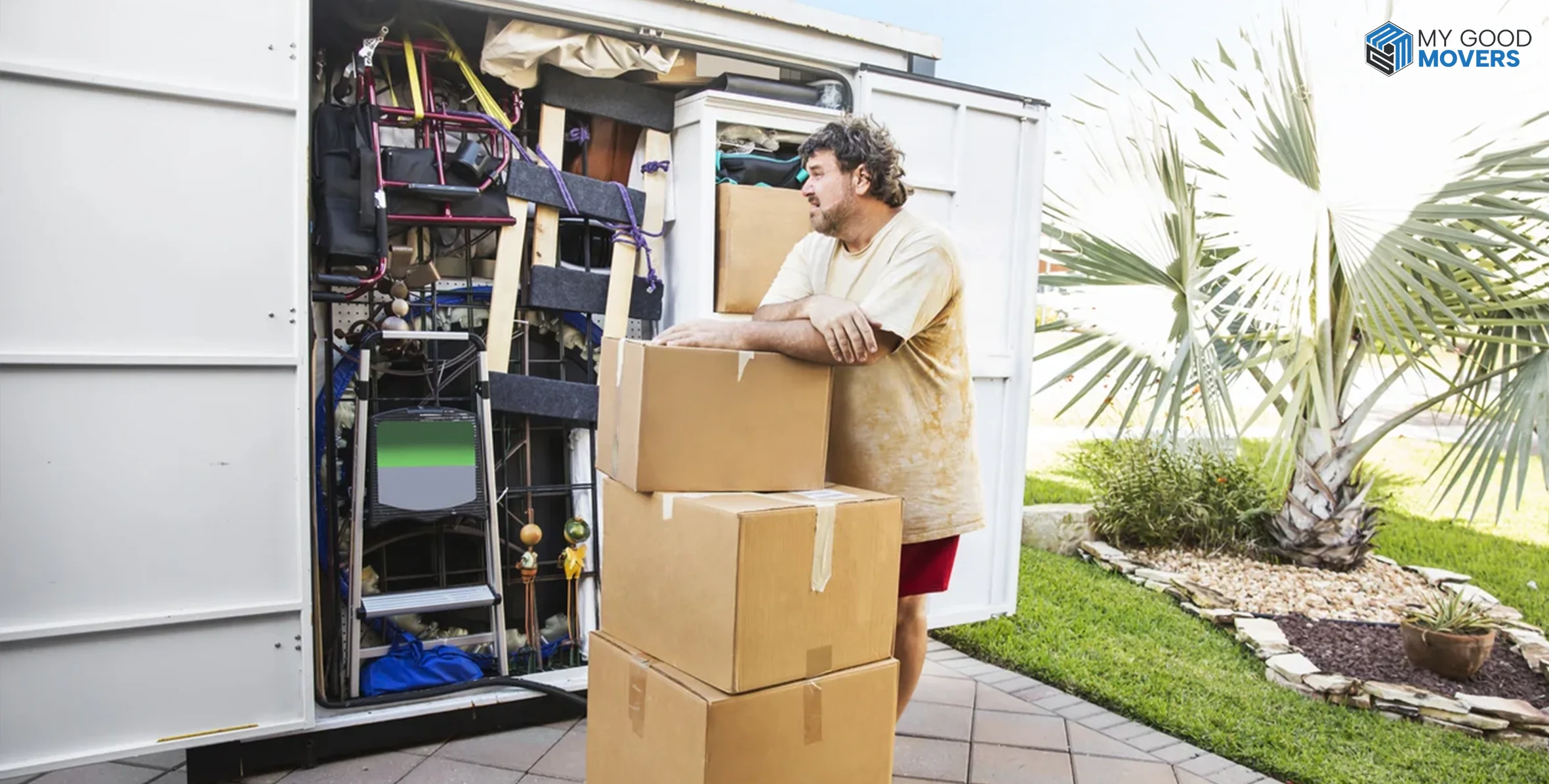
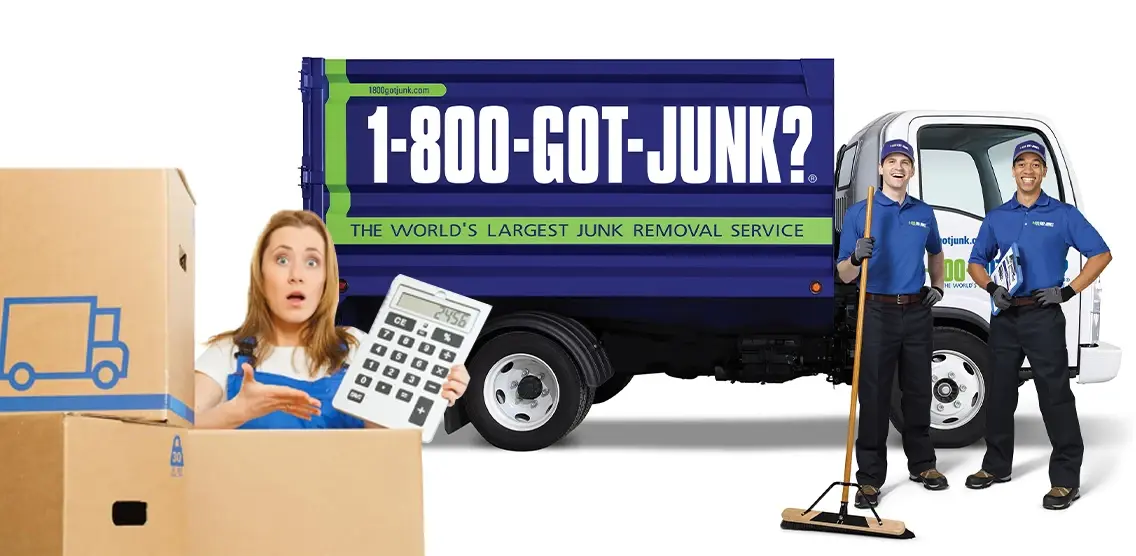


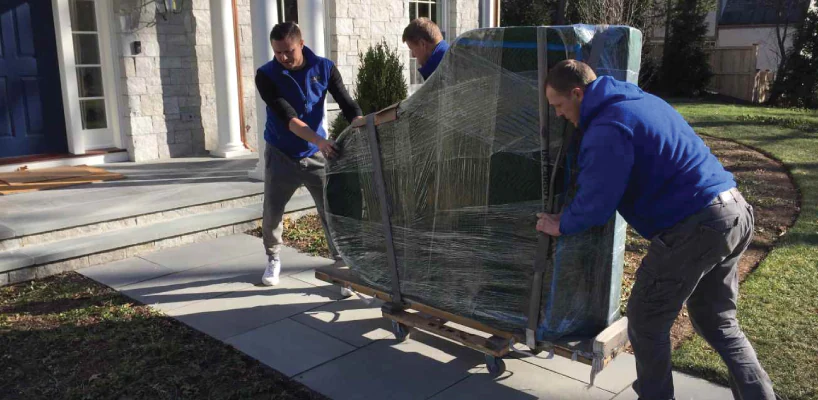

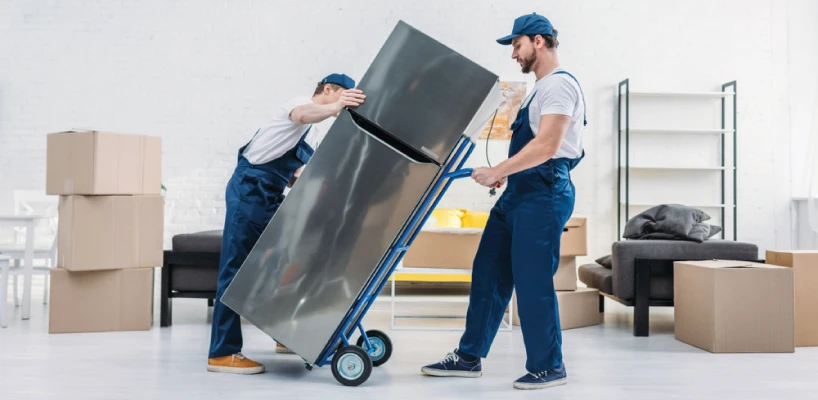

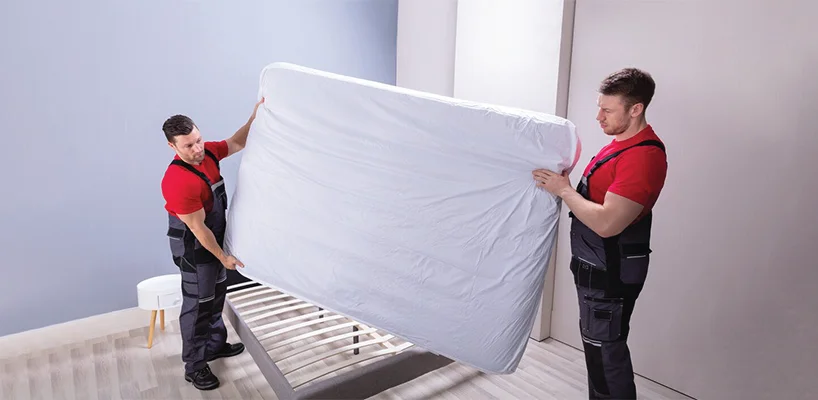
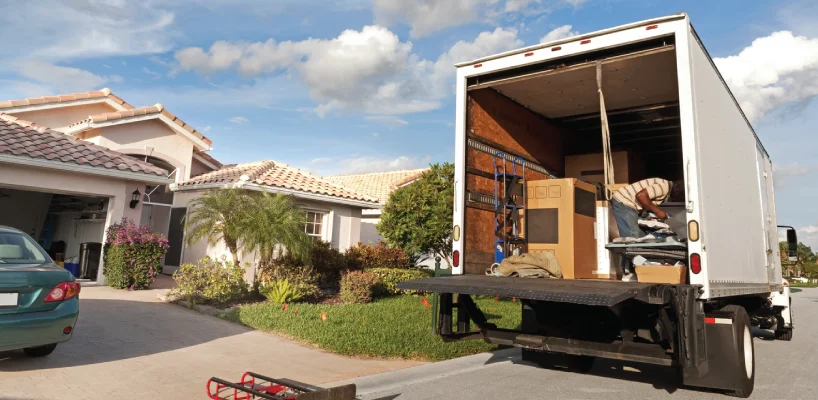


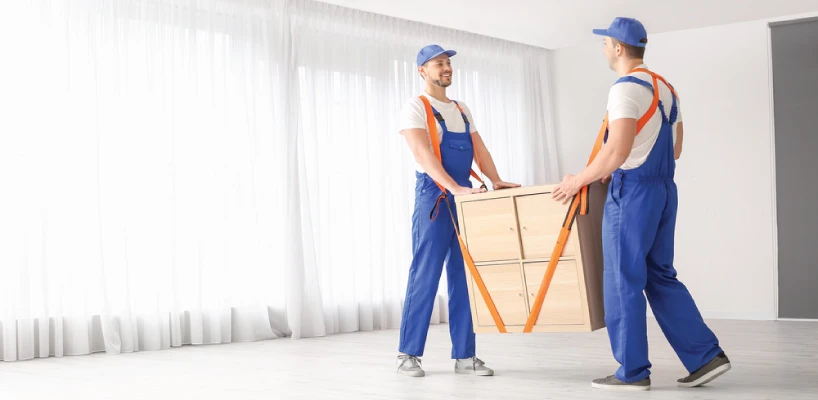

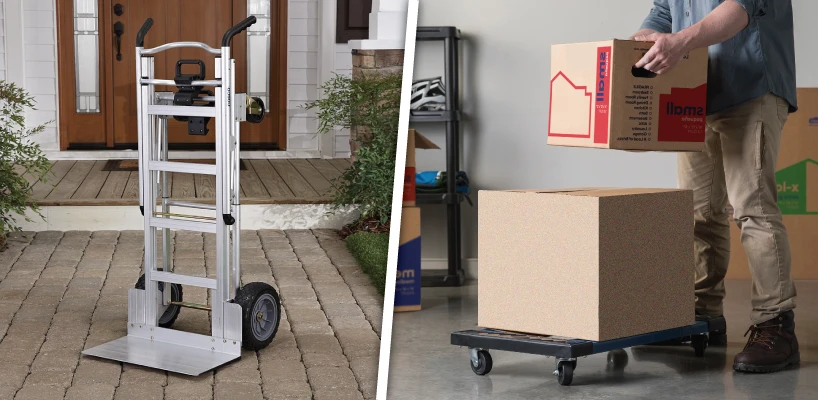
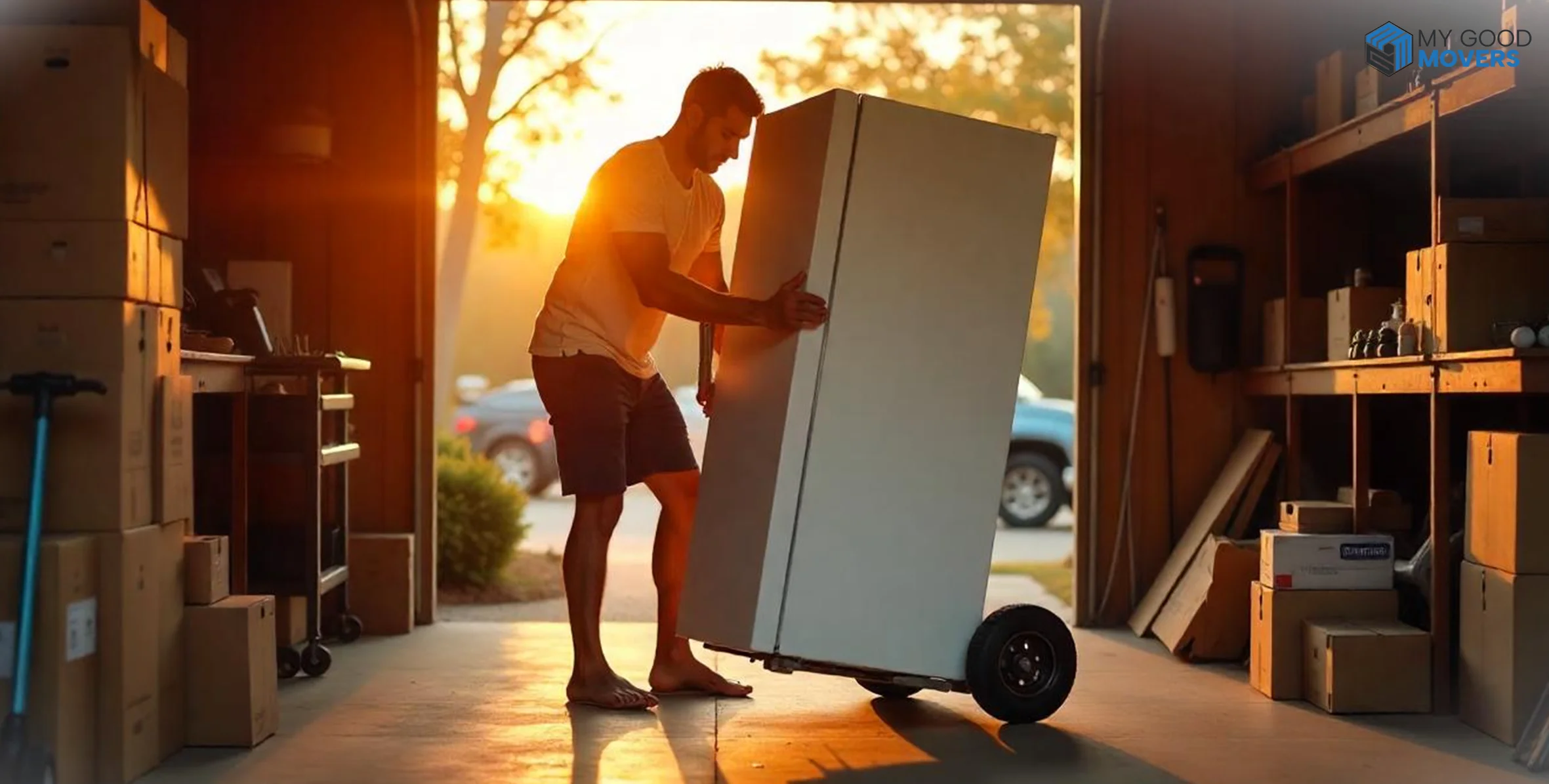
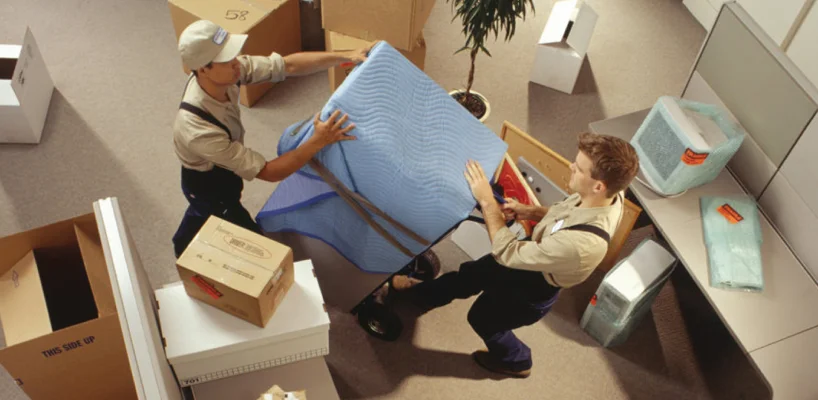


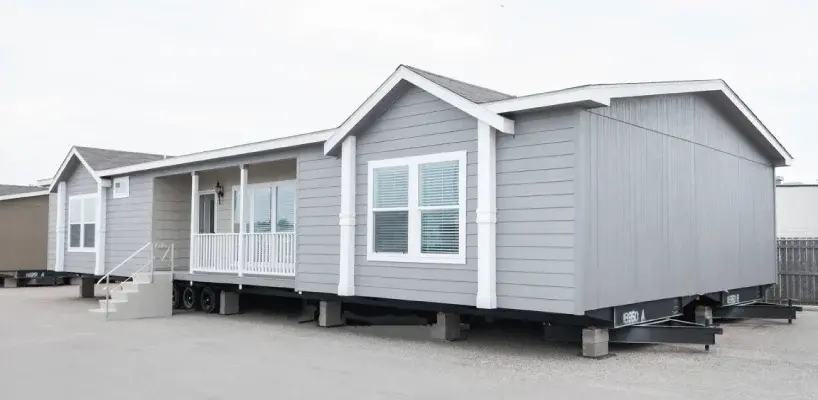





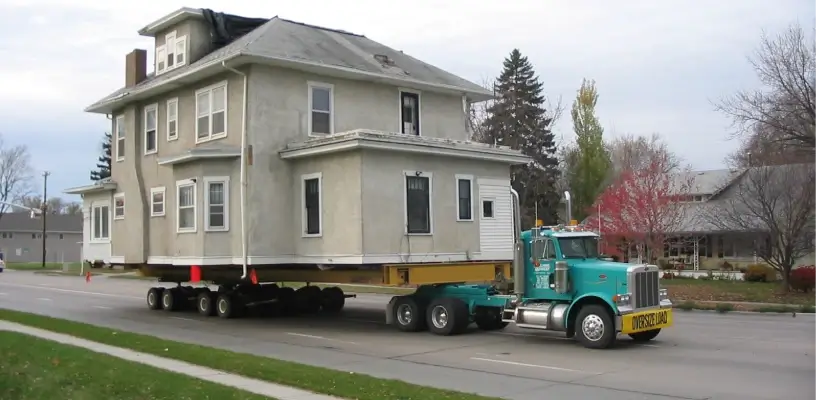
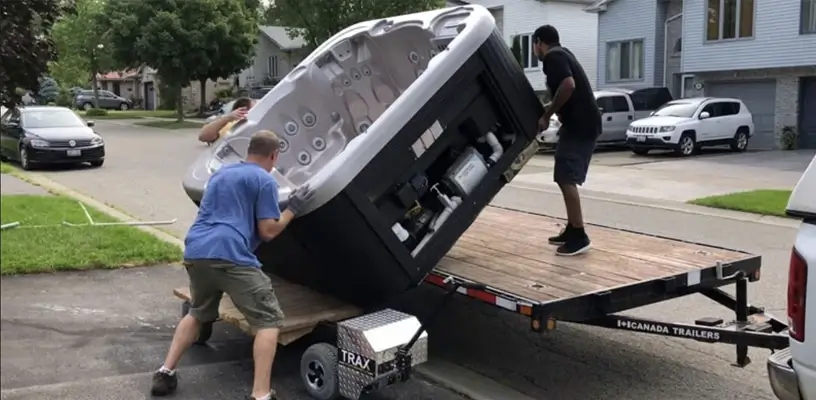





 (239) 799–6077
(239) 799–6077